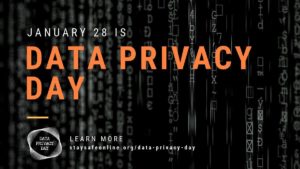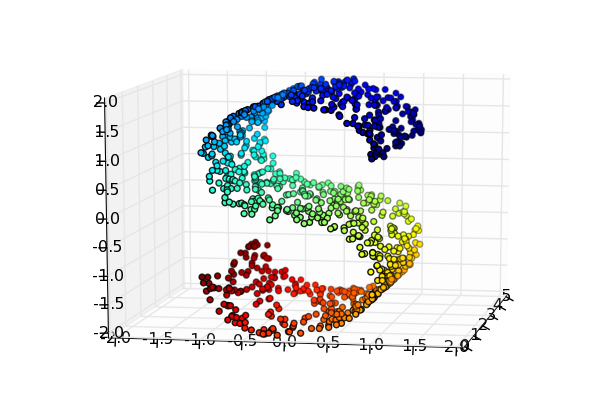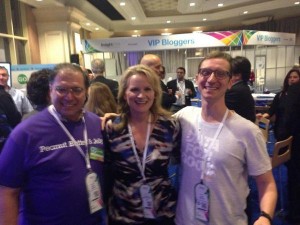
On January 28, the world observes Data Privacy Day. Here are the top 10 conversations that you do not want to have on that day. Let the countdown begin….
10. CDO (Chief Data Officer) speaking to Data Privacy Day event manager who is trying to re-schedule the event for Father’s Day: “Don’t do that! It’s pronounced ‘Day-tuh’, not ‘Dadda’.”
9. CDO speaking at the company’s Data Privacy Day event regarding an acronym that was used to list his job title in the event program guide: “I am the company’s Big Data ‘As A Service’ guru, not the company’s Big Data ‘As Software Service’ guru.” (Hint: that’s BigData-aaS, not BigData-aSS)
8. Data Scientist speaking to Data Privacy Day session chairperson: “Why are all of these cows on stage with me? I said I was planning to give a LASSO demonstration.”
7. Any person speaking to you: “Our organization has always done big data.”
6. You speaking to any person: “Seriously? … The title of our Data Privacy Day Event is ‘Big Data is just Small Data, Only Bigger’.”
5. New cybersecurity administrator (fresh from college) sends this e-mail to company’s Data Scientists at 4:59pm: “The security holes in our data-sharing platform are now fixed. It will now automatically block all ports from accepting incoming data access requests between 5:00pm and 9:00am the next day. Gotta go now. Have a nice evening. From your new BFF.”
4. Data Scientist to new HR Department Analytics Specialist regarding the truckload of tree seedlings that she received as her end-of-year company bonus: “I said in my employment application that I like Decision Trees, not Deciduous Trees.”
3. Organizer for the huge Las Vegas Data Privacy Day Symposium speaking to the conference keynote speaker: “Oops, sorry. I blew your $100,000 speaker’s honorarium at the poker tables in the Grand Casino.”
2. Over-zealous cleaning crew speaking to Data Center Manager arriving for work in the morning after Data Privacy Day event that was held in the company’s shiny new Exascale Data Center: “We did a very thorough job cleaning your data center. And we won’t even charge you for the extra hours that we spent wiping the dirty data from all of those disk drives that you kept talking about yesterday.”
1. Announcement to University staff regarding the Data Privacy Day event: “Dan Ariely’s keynote talk ‘Big Data is Like Teenage Sex‘ is being moved from room B002 in the Physics Department to the Campus Football Stadium due to overwhelming student interest.”

Follow Kirk Borne on Twitter @KirkDBorne




